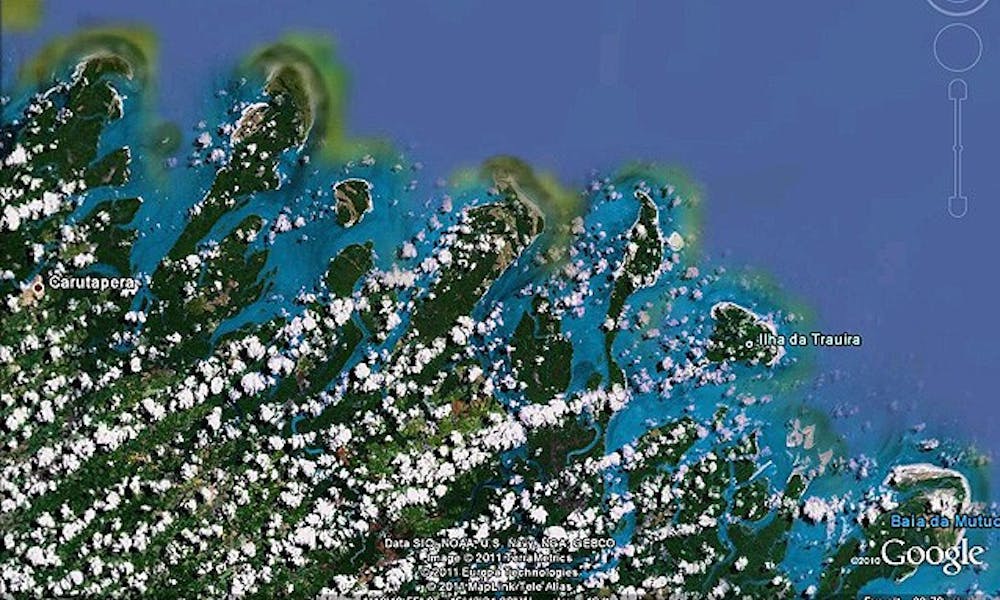Duke researchers have located nearly 700 previously undiscovered barrier islands across the world.
According to a new study conducted by researchers at Duke’s Nicholas School of the Environment and Meredith College in Raleigh, the earth has a total of 2,149 barrier islands—657 more than previously recorded.
“The importance of recognizing these islands as barrier islands is we immediately know something about how they work—about how they can migrate and how they can repair themselves after storms so we know how we can live with these islands in a time of rising sea level,” said study co-author Orrin Pilkey, James B. Duke professor emeritus of geology at the Nicholas School.
Barrier islands, defined as elongated bodies of sand parallel to many shorelines, play a key role in the environment, researchers said. The islands protect mainland coasts from erosion and storm damage and are indicators of how the environment is reacting to changes in sea levels. Researchers attributed the increase in barrier island discoveries to the study’s more inclusive definition of barrier islands.
The report also identified new diversity in the location and composition of barrier islands—information that will be useful as sea levels continue to rise.
“At the public policy level, the interest in what will happen to barrier islands is directly tied to what will happen due to global warming,” said co-author Matthew Stutz, assistant professor of geosciences at Meredith College. “It’s pretty important that we know more about the differences and uniqueness [of barrier islands] since they are the first line of defense against sea level.”
Stutz received a doctorate in earth and ocean sciences from Duke in 2004.
Initially, data collection for the study consisted of analyzing charts, maps and aerial photos, Pilkey said, adding that he undertook the global survey of barrier islands 15 years ago, before satellite imagery was widely available. Technological advancement contributed significantly to the authors’ success in discovering new islands.
“The maps didn’t always tell the whole story. We went to the Library of Congress collection and to the collection of the New York Geographical Society, but questions remained,” he said. “Google Earth solved the problem—[it] has opened a whole new world for those who study the surface of the earth.”
The 657 islands were detected with the help of advanced satellite imaging. Barrier islands have now been documented on every continent except Antarctica.
“This provides proof that barrier islands exist in every climate and in every tide-wave combination,” Pilkey said in a Duke News release April 20. “We found that everywhere there is a flat piece of land next to the coast, a reasonable supply of sand, enough waves to move sand or sediment about and a recent sea-level rise that caused a crooked shoreline, barrier islands exist.”
Tim Lucas, national media relations and marketing specialist at the Nicholas School, noted that the researchers used publicly available maps and satellite images to conduct the bulk of the investigation.
“What’s really remarkable about [the study] is that they used materials available to everybody,” he said. “They systematically went through and have totally redefined our knowledge of where barrier islands can exist and what conditions they need.”
Pilkey recognized that many islands his team surveyed had been “discovered” before.
“The local folks who lived on or near these islands of course knew they existed,” Pilkey said. “But no one related them to the barrier island land form.”
Get The Chronicle straight to your inbox
Signup for our weekly newsletter. Cancel at any time.

